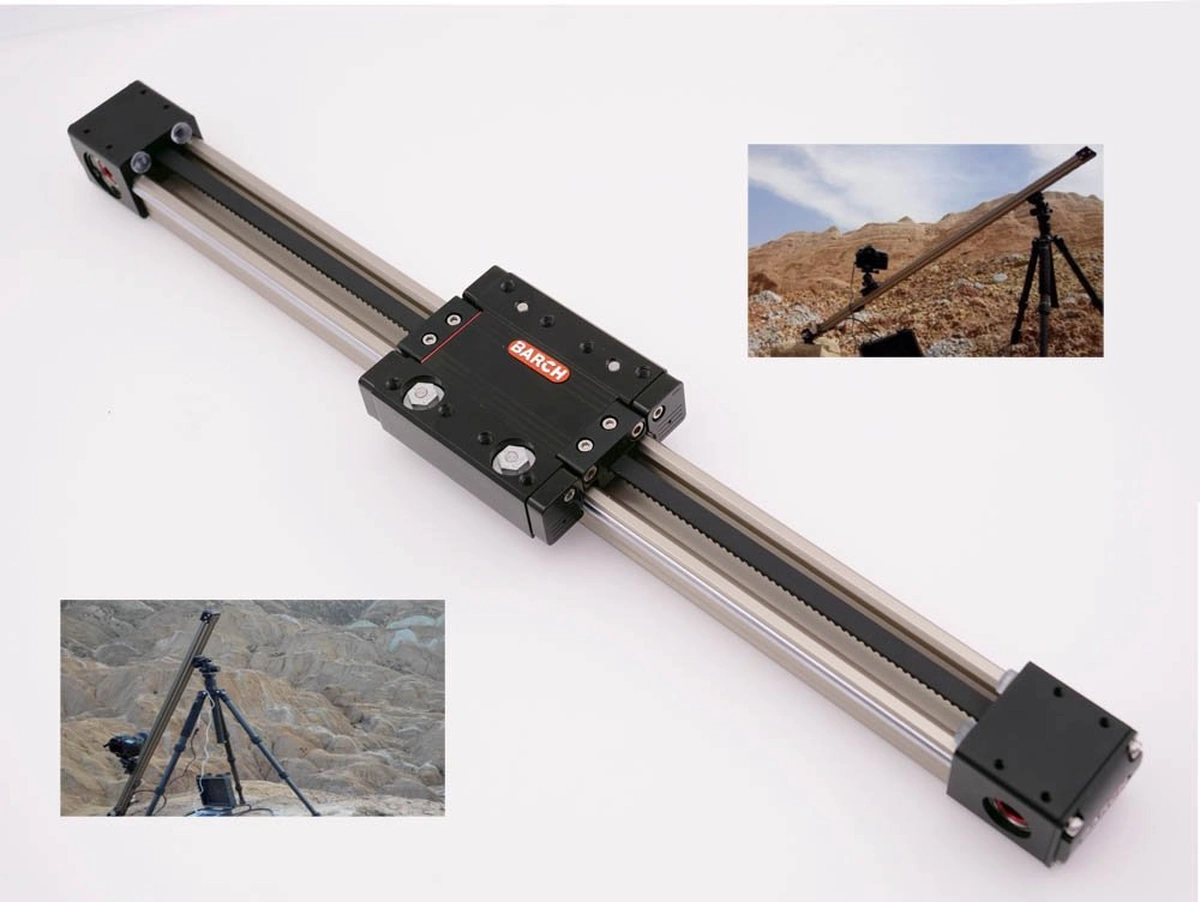How much weight can a linear actuator lift?
2024-02-22 09:10:10
Linear actuators are indispensable components in a wide array of industries, facilitating precise and controlled linear motion in diverse applications. When delving into the realm of linear actuators, a common and pivotal question that arises is the extent to which these devices can lift weight. Understanding the intricate factors that dictate the lifting capacity of a linear actuator is critical to handling these complex mechanisms.

Factors Affecting the Lifting Capacity of a Linear Actuator
- Motor Power and Torque
Motor power serves as the lifeblood of a linear actuator, dictating its capability to generate force and execute lifting tasks. The vigor of the actuator's motor directly correlates with its ability to hoist weight, making it a fundamental determinant of lifting capacity. Furthermore, the torque produced by the motor plays a pivotal role in the actuator's capacity to apply rotational force to its screw or belt mechanism. A robust motor with ample power and torque empowers the actuator to exert formidable force, thereby elevating its lifting capacity to new heights.
It is imperative to meticulously match the motor specifications with the desired lifting capacity to avoid overloading the system. Overburdening the motor can lead to subpar performance, accelerated wear and tear, and potential damage to the actuator, jeopardizing its longevity and efficiency.
- Gear Ratio and Mechanical Advantage
The gear ratio of a linear actuator wields a profound influence on its lifting capacity by augmenting its mechanical advantage. A higher gear ratio translates to an enhanced mechanical advantage, enabling the actuator to amplify the force it generates for a given input torque. This augmentation in force equips the actuator to tackle weightier loads, thereby expanding its weight-lifting prowess.
Although a higher gear ratio can increase lifting capacity, the speed and efficiency of transportation will decrease as lifting capacity increases, so you will need to consider the gear ratio or mechanical advantage and the desired application when making your selection.
- Actuator Design and Construction
The design and construction of a linear actuator serve as the bedrock of its lifting capacity, underscoring the significance of robust materials, sturdy components, and meticulous craftsmanship. Factors such as the choice of materials, the strength and size of critical components (e.g., screws or belts), and the overall build quality collectively shape the actuator's ability to bear substantial loads.
Selecting a linear actuator that is expressly engineered and rated for the intended weight-lifting capacity is imperative. Deploying an actuator ill-suited for the requisite load can precipitate premature failure, diminished performance, and safety hazards, underscoring the criticality of aligning the actuator's design with the anticipated lifting demands.
Conclusion
The lift capability of a linear actuator is the result of the multifaceted interplay of motor power and torque, gear ratio or mechanical advantage, and the design and construction of the actuator itself, so careful evaluation of these factors is important in selecting the right machine.
See What Lunyee Can Do For You
Contact Us
- 8619149417743
- +86-0371-5562 0274
- [email protected]
- Zhengzhou, Henan Province, China
- Mon-Fri: 9:00 - 18:00




